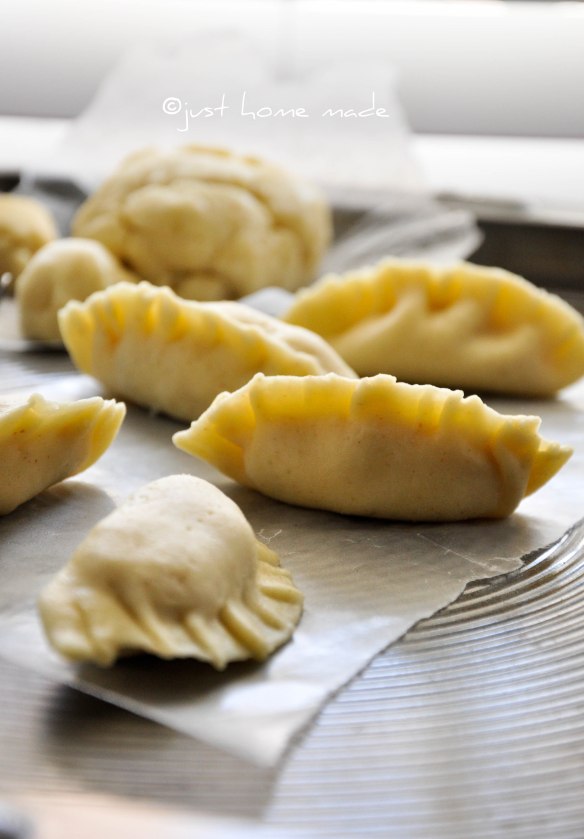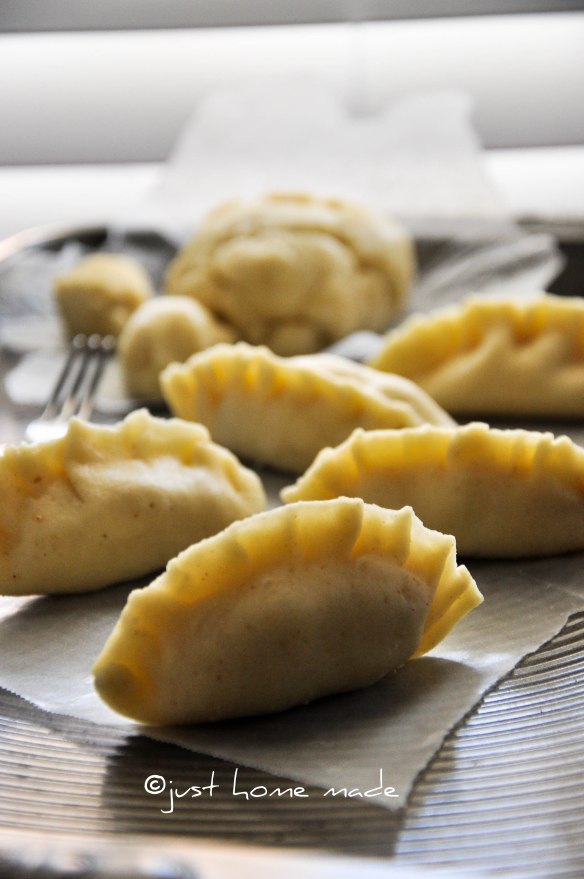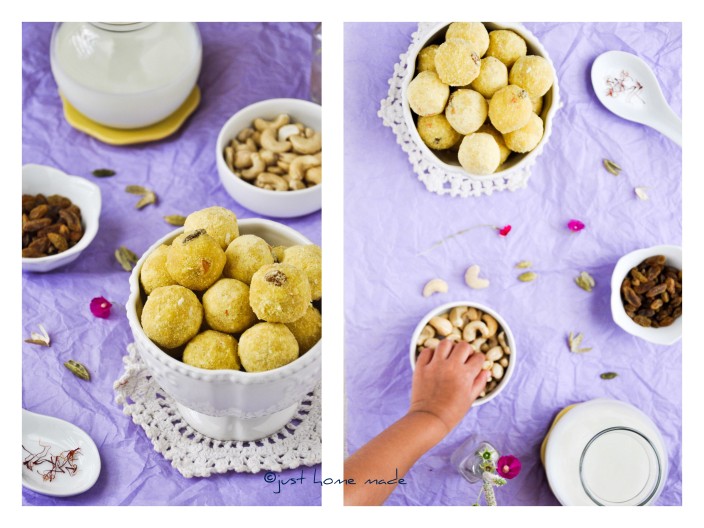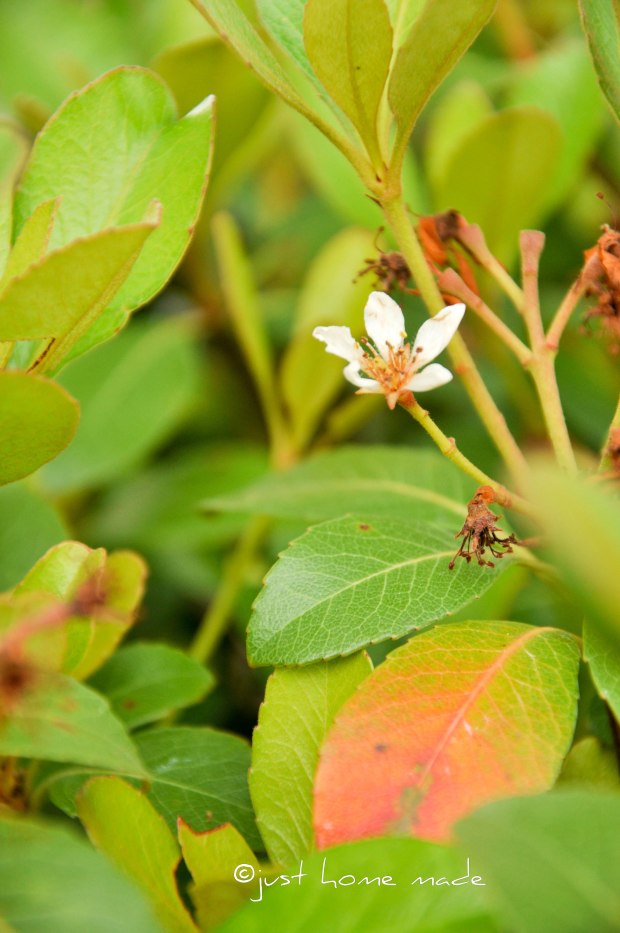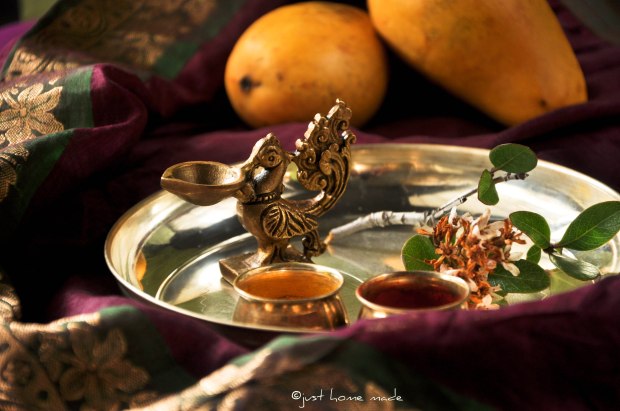Deep fried pastry purse with a nutmeg flavored nuts and dried milk filling
[maa waah; goo jee yeah] (hindi)
If you are wondering why I haven’t kept up with my usual pace of posting recipes, I agree to have been quite preoccupied lately. But, I have reason to stay away from the laptop and get outdoors.
My Attayya (mom-in-law in Telugu) is with us on a visit. Sure, it means my kitchen is busier than usual and we are having a ball of a time enjoying a whole lot of yummy food. Why should I have all the fun by myself? I want you to be a part of it too and hence in the coming weeks, you’ll get to see dishes from her repertoire featured here.
Attayya is a very versatile cook herself. Having well-travelled within India and abroad, her cooking reflects her unending enthusiasm for learning and sheer excitement for life. She is a foodie from any angle and her expansive culinary repository is the result of an insatiable curiosity and an open mind for experimenting with ingredients.
From the Punjabi chana masala to a Tamil Brahmin Adhirasam, or an Andhra pachadi to a Bengali dal, from cakes and brownies to ice creams and cold coffees, Italian or Middle Eastern – talk about anything and I’m sure she’ll have something to add. Very swift in the kitchen, she whips up dishes out of thin air in no time. I know, those are too large a shoes to fill!
Hope you enjoy her dishes as much as we do.
During one of our grocery shopping explorations, we also happened to bring home frozen mawa from the Indian store a couple of weeks back. And since then, we’ve been on a sweet roll of Gulab Jamun made fresh from scratch (not from a mix), Mawa Gujiya, Mawa Payash and more are in the pipeline.
Call them Gujiya, Kadubu, Karjikai, or even the Mexican Empanadas, they are birds of the same feather – deep-fried stuffed pastry, only the stuffing/filling makes them different as they can be.
Even though I have eaten Karida Kadubu or Karigadubu (Kannada), a sibling of the Gujiyas, for every Ganesha festival since I can remember, my interest spiked when Attayya described the stuffing for this one. It is a given that any milk based sweet is bound to be scrumptious, but the pairing of nutmeg with Mawa sounded rather fanciful and got me wanting for it.
As far as I have known (which could be very less for all you know!), the use of nutmeg in Indian sweets is few and far between in comparison to cardamom and saffron. In fact, for a long time, I had even assumed that nutmeg is best suited for home remedies and Ayurvedic medicine, which in fact is also true. Only after opening my mind to American cuisine did I grasp how ubiquitous this zippy spice is.
Mawa /Khova/ Khoya / Khoa are all but the same names for solidified milk made of either dried whole milk or milk thickened by heating in an open iron pan. More from wiki here.
Mawa/Khova is part and parcel of each and every regional Indian cuisine in various avatars. Because milk and sugar marry so well, Khova forms the key ingredient in copious varieties of rich sweets.
Mawa gujiyas are a popular sweet prepared categorically during Holi, the Indian festival of colors to usher in a colorful spring and leave behind the harsh winter.
Mawa gujiyas are novel to me, but owing to how oh-so-delish they are, they are sure to be part of my recipe collection for a long time to come and of nostalgic stories to be shared in the future.
{Lovely half-moon shaped ornate pastry purses ready to be deep-fried}
In north India or other parts where it is popular, readily available gujiya molds are used to render the process of pressing and sealing them easier. Here, I describe a method for hand-made gujiyas, without the use of such molds. Agreed it takes a bit longer, yet not a wee bit less yummy!
Need a hint on how this glistening golden snack tastes? Crunchy on the outside, crumbly on the inside with the mild salty outside meeting its sweet inside – an inter fusion of contrasting tastes in a mouthful, to please your palate.
Enough said.
Being the conscious eater that I am (or I was before eating them!), I must’ve downed at least 5 before I swore not to go near them – they are god-damn delicious!
Beware, you won’t stop at one.
Now, tell me about your most favorite Mawa/Khova preparation that you can never resist?
Mawa Gujiya Recipe
makes about 20 gujiyas
Printable Recipe
Things you’ll need:
oil for deep-frying (I used pure peanut oil)
for the dough
- 2 cups chiroti rava /fine sooji/fine semolina or all-purpose flour (maida)
- 1/4 tsp salt
- 1 tbsp ghee/butter/oil
- pinch of turmeric ~ optional
- water
for the filling
- 1/2 cup crumbled mawa/khova/khoya (fresh or frozen)
- 1/4 powdered raw almonds
- 1/4 cup powdered cashews
- 1/4 cup desiccated coconut/ grated copra (sun-dried coconut)
- 1-1/4 cup powdered/confectioner’s sugar
- 1/4 tsp freshly grated nutmeg
- 1/2 tsp powdered cardamom (about 4-5 pods)
other kitchen equipment
- rolling-pin
- kadai/heavy bottomed pan for deep-frying
Prep work
If using frozen mawa, microwave for 20-30 secs or let sit on the counter for 20-30 mins to thaw. Once thawed, gently squish with your fingers making sure to break all the lumps for a crumbled Mawa. If using freshly home made Mawa, make sure it is crumbly before use.
Pulse almonds in a blender/mixer for a few times until it resembles a coarse flour or corn meal. Do not run the blender continuously or you will end up with almond butter.
Ditto for the cashews.
Peel open cardamom pods and powder the seeds using a mortar and pestle.
How it’s done:
In a mixing bowl, mix chiroti rava /fine sooji with salt and turmeric, if you chose to. If using all purpose flour, sieve first. Add in your preferred fat and mix well. I prefer home-made ghee if not, pure butter, though oil is a pretty good substitute too. Using little water at a time, mix the dough to a chapati/roti consistency and set aside covered. Dough should be soft to touch but not sticky.
In another medium bowl, mix together all of ‘for the filling’ ingredients.
Slap the dough a few times on the rolling board or a clean counter and knead well. Divide the dough into portions the size of small key limes or about 1-½” diameter.
for the gujiyas,
Roll the dough into thin circles without using flour for dusting. For perfect round circles, cut out the rolled dough either using a round mold or any cup/container that fits the circumference. Prick it all over gently with a fork, which prevents it from bloating when deep-fried and later from losing its crunch.
Delicately spoon the filling on one half of the rolled dough. Wet the edges of the rolled dough with a few drops of water. Close by bringing both ends of the rolled dough together and press firmly to seal the edges making sure no air is trapped between the filling and the sealed edges.
Either press the edges with a fork or pinch and fold with your fingers to make ornate edges for this dough purse.
Heat oil in a kadai or heavy bottom pan on medium. When the oil is hot enough or shimmering, add a small pinch of dough to check, if it rises immediately, oil is ready for action.
Drop gujiyas one or two at a time and deep fry on medium until golden brown. Remove onto a tissue to strain extra oil and let cool slightly before serving or the stuffing inside may be very hot.
Don’ts
Try not to use flour for dusting unless rolling the dough is almost impossible, in which case the dough might be sticky. Add a little flour to the dough, a few drops of oil and knead well until dough is of the required consistency.
Extra flour for dusting is best avoided to prevent it from getting burnt when deep-fried and clinging to the gujiya.
Note
Do not discard cardamom skin, use it in lemonade or drop it in the simmering tea for a delicate flavor.
Gujiyas store well for up to 10 days in an airtight container.
Aromas of freshly grated nutmeg and ground cardamom take the sweet to a whole new level. Use of fresh spices cannot be stressed enough.
I prefer using a small to medium size kadai (wok) for deep-frying. Due to its concave shape, lesser oil is required to fry with negligible oil leftover saving me from oil reuse.





